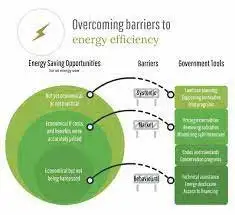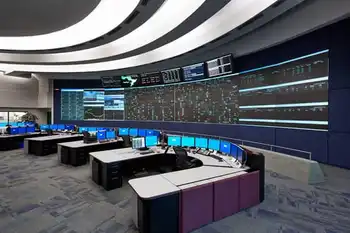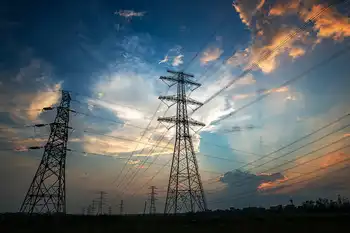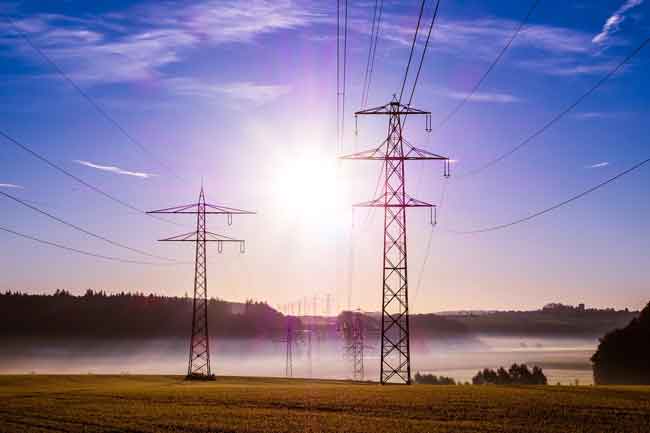Malta-Sicily grid interconnection to get EU funding
By Industrial Info Resources
Protective Relay Training - Basic
Our customized live online or in‑person group training can be delivered to your staff at your location.

- Live Online
- 12 hours Instructor-led
- Group Training Available
The funding and project clearance is part of the 4 billion euro (US $5.64 billion) energy infrastructure development program initiated by the EU. The program includes the development of power projects and investments in the energy sector through funding from the European economic recovery package, which holds unspent funds from the EU budget. The clearance given by the EU ministers follows the approval earlier given by the European parliament.
The interconnection, which will consist of an undersea cable network connecting Malta with Sicily, has been sanctioned 20 million euros (US $28.2 million) by the EU, while Malta will also receive an additional 5 million euros from the EU for various "small isolated islands initiatives." Malta has been lobbying hard for this project, after it was left out of the first phase of project funding. Malta gained visibility in the EU after holding a series of discussions with EU representatives, which also helped the country push for a three-fold increase in funding for the project.
The last date for submission of tender documents was July 15. The EU evaluation committee will scrutinize the documents and announce the shortlist of bidders by September 15. Contract negotiations and discussions with the identified bidders will be held in September and October, followed by a formal contracts by the end of 2009 or early 2010.
In September 2008, Enemalta Corporation, the country's primary power generation and distribution company, commissioned a joint feasibility study with Italy to study the economic, technical, and financial aspects of the project. The Malta-Sicily interconnection grid is expected to be complete by 2012.
The EU plans to spend about 2.37 billion euros on electricity infrastructure and natural gas projects, 565 million euros on the development of offshore wind energy projects and slightly more than 1 billion euros on carbon capture and storage. The Mediterranean region is expected to gain tremendously from the fresh flow of investments. Some of the other projects in the region include the reinforcement of the Portugal-Spain interconnection and the France-Spain interconnection.
The Portugal-Spain interconnection enhancement is expected to ease the congestion on the 220-kilovolt (kV) network in the Deuro region. Construction has begun, and the project is scheduled for completion in 2010, which will allow new power stations to be connected to the grid. The Portugal-Spain southern interconnection project will be commissioned to take care of the congestion on the existing 400-kV Alqueva-Brovales link. This interconnection is likely to begin operations in 2011. A similar northern interconnection link will be constructed on the 400-kV Cartelle-Lindoso line. This link is expected to begin operations by 2013-14.
About 225 million euros will be invested to strengthen and augment the France-Spain interconnection grid along the Baixas-Santa Llogaia line. The interconnection, which consists of two 220-kV and two 400-kV lines, is one of the most congested interconnections in the region. In 2007, the decision to augment the capacity of this interconnection was made, following a joint study conducted by France and Spain. The huge amount of wind power development in Spain has also increased capacity in the country.
Malta, situated in the southern Mediterranean region, has an independent electricity grid that is not linked to any other power network in the EU Enemalta operates two power stations — Delimara and Marsa, with a total power generating capacity of 571 megawatts. The country has no domestic energy sources and relies completely on imported fuel, mainly light distillate and heavy fuel oil imports, for its energy needs.
Enemalta plans to expand its transmission infrastructure with the construction of two distribution hubs in Mosta and M'Scala, which will enable more power to be supplied from the power plants to the Zejtun, Zabba and M'scala and Gozo regions.
According to a report by the European Environmental Agency, Malta has huge potential for wind power generation because of its location. The country has a potential to generate 7 billion kilowatt-hours of wind power by 2030. Malta, which is bound by the EU agreement to produce 10% of its energy from renewable sources by 2020, has so far done little to reach this target.
The country is contemplating building three wind farms: one offshore near the Mellieha coast and two onshore in Wied Rini and Hal-Far.











